If you have to ask this question, then know that you are thoroughly confused between the two. Hence, the simple answer to “can you replace an integrated graphics card?” is a simple no.
Integrated Graphics Cards, aka iGPUs, cannot be replaced due to their nature of what they are. As the name suggests, Integrated Graphics Cards are graphics cards that built INTO the CPU itself.
As such, unlike dedicated graphics cards, integrated graphics cards do not have a separate standalone component. You cannot remove or replace them.
Changing the CPU is the only way to change or upgrade an integrated graphics card. That, however, is a very costly endeavor.
In the following text, I will clarify why you cannot upgrade or replace an integrated graphics card with a dedicated graphics card.
A primer on what an integrated graphics card and a dedicated graphics card are will help you further understand the gist of this topic.
TABLE OF CONTENTS
What is an Integrated Graphics Card?
An integrated graphics card, shortened as iGPU, is built into the CPU chip.
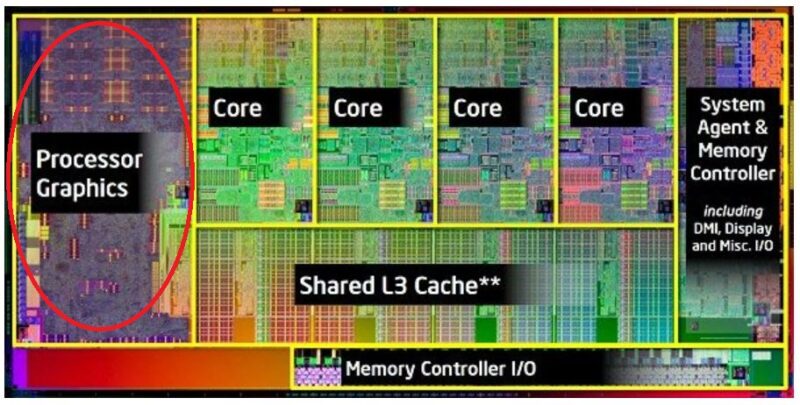
Take, for instance, the CPU die chart of a quad-core CU above. You can see how an entire section of the CPU chip is dedicated to the integrated graphics card on the left-hand side.
CPU’s internal subcomponents, such as the cores, the cache memory, and the iGPU, are NOT modular. In other words, they cannot be removed from the CPU to be replaced or changed.
Why CPUs Have Integrated Graphics Cards?
Integrated graphics cards are critical for many PCs and have a slightly different role for laptops and desktops.
For starters, NOT ALL desktop CPUs feature integrated graphics cards.
With Intel, for instance, CPUs with the “F” suffix do NOT feature integrated graphics. However, the opposite is true with AMD: only the CPUs with the “G” suffix feature an integrated graphics card. The rest do not.
You need the integrated graphics card to run the video output ports on your desktop motherboard’s back I/O panel. Let me reiterate: if your desktop CPU does NOT have an iGPU, then the video output ports on your motherboard will NOT work.
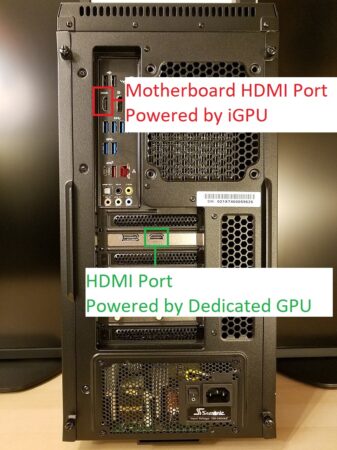
Laptop CPUs almost always have an integrated graphics card.
Also Read:
Integrated Graphics Cards are NOT intended for Gaming or Graphic Intensive Work.
Here, integrated graphics cards are NOT intended for gaming or graphics-intensive work such as 3D modeling, 3D game designing, etc.
What are Dedicated Graphics Cards?
Dedicated graphics cards are a completely different ball game.
Dedicated or discrete graphics cards are a separate standalone component on desktop PCs or a separate chip on your laptop’s motherboard.
Dedicated Graphics Cards on a Desktop
On a desktop, dedicated graphics cards are separate expansion cards that plug into the PCIe slots on the motherboard.
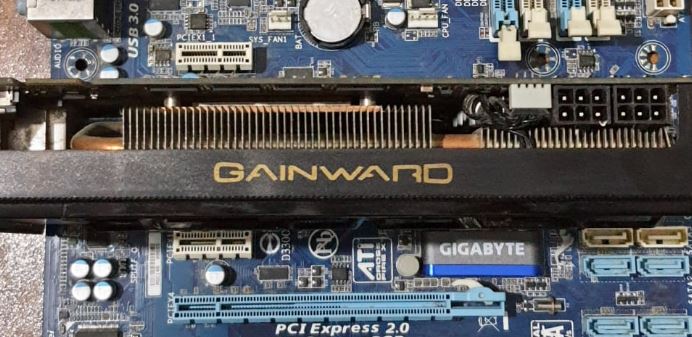
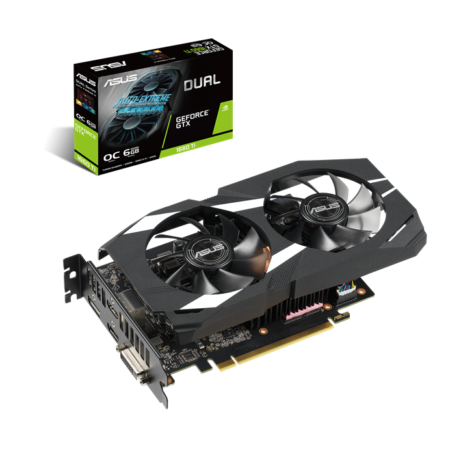
Desktop dedicated graphics cards plug into the PCIe x16 slot on your motherboard.
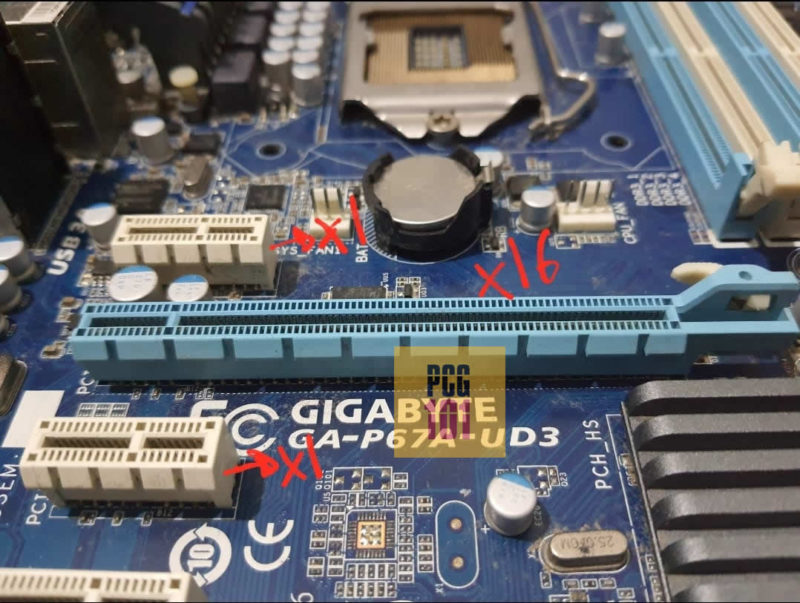
The best part about dedicated graphics cards on desktops is that they can be replaced, unlike integrated graphics cards.
Compared to integrated graphics cards, dedicated graphics cards are profoundly more powerful.
The following table shows how the different integrated graphics cards compare with dedicated graphics cards using the G3D Mark scores.
| GPU | G3D Mark | Notes |
| Intel UHD 630 | 1395 | As found on the 8-10th Gen Intel CPUs |
| Nvidia GeForce GT 740 (MSRP $79) | 1543 | Dedicated GPU Basic |
| Intel UHD 750 | 1684 | As found on 11th Gen+ Intel CPUs |
| AMD Radeon Vega 3 (2018 Version) | 1071 | AMD 2000 Series APU |
| AMD Radeon Vega 6 (2018 Version) | 1274 | AMD 2000 Series APU |
| AMD Radeon Vega 8 (2018 Version) | 1704 | AMD 2000 Series APU |
| Intel UHD 770 | 1928 | As Found on 12th Gen Intel CPUs. |
| Intel Iris Pro 580 | 2044 | Found on premium laptops. |
| AMD Radeon Vega 11 (2018 Version) | 2139 | AMD 2000 Series APU |
| Nvidia GeForce GT 1030 ($79) | 2613 | Dedicated GPU Entry Level |
| AMD Ryzen 5 5600G Vega 7 Graphics | 2639 | Integrated as found on the Ryzen 5600G |
| AMD Ryzen 7 5700G Vega 8 Graphics | 2708 | Integrated as found on the Ryzen 5700G |
| AMD Radeon RX 550 ($79) | 2764 | Dedicated GPU Entry Level |
| NVIDIA RTX 3090Ti | 30,064 | One of the most powerful dedicated graphics cards |
Also Read: Do All CPUs Have Integrated Graphics Cards?
Dedicated Graphics Card on a Laptop
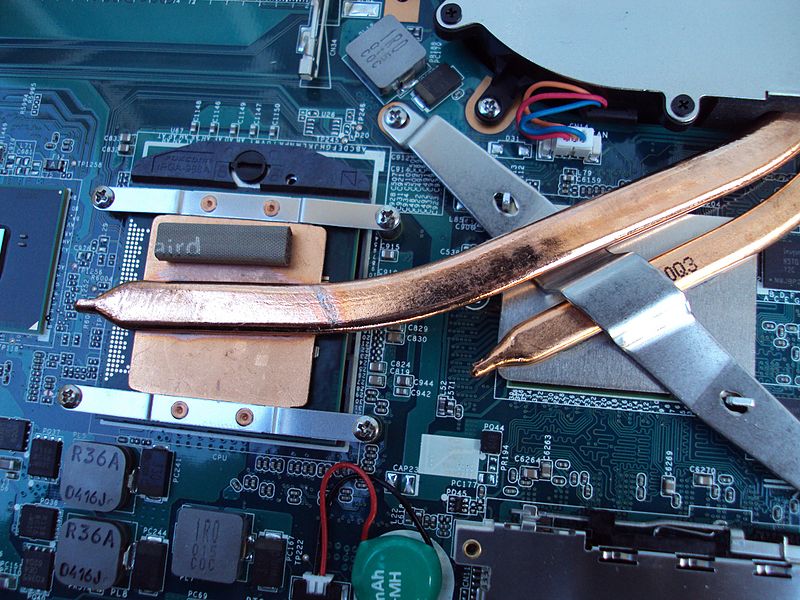
There are many gaming and professional laptops out there that also feature a dedicated graphics card.
However, dedicated graphics is SOLDERED onto the laptop motherboard and cannot be replaced.
Therefore, if you have a laptop, there is no way of changing your GPU as both the integrated and dedicated GPU are built into the system.
This brings us back to our original question:
Can You Replace an Integrated Graphics Card?
As already established, integrated graphics cards are built into the CPU and cannot be replaced.
If you want to upgrade your integrated graphics card, you must purchase a new and improved CPU.
This often entails that you will need to change your motherboard as well.
But still, in the end, replacing your CPU to upgrade the integrated graphics card is not the way to go. Investing in a dedicated graphics card should be the immediate action if you want improved graphics processing.
Also Read: How to Switch to Integrated Graphics?
Frequently Asked Questions
Can You Replace an Integrated Graphics Card with Dedicated Graphics Card?
People who are new to graphics cards often ask this question. This question is often asked by those who are confused between an integrated graphics card and a dedicated graphics card; hence, the entire premise of the question is incorrect.
Replacing and integrating a graphics card with a dedicated graphics card would entail plugging a giant expansion card into the CPU, which is impossible.
So basically, the answer is a resounding no. You cannot replace your integrated graphics card with a dedicated graphics card.
However, you CAN have a dedicated graphics card installed on your desktop PC with an iGPU. In this scenario, your desktop PC will use the dedicated graphics card as the primary graphics processing unit and disable your integrated graphics card.
Can Integrated Graphics Be Changed in Laptop?
No, Integrated Graphics cannot be changed. If you want better graphics processing on your laptop, the best, if not the only, course of action would be to change your computer altogether.
Is Integrated Graphics Good for Gaming?
No, integrated graphics cards are NOT suitable for gaming.
4. What are the minimum requirements for a GPU to replace an integrated graphics card?
The minimum requirements for a GPU to replace an integrated graphics card depend on the specific computer or laptop and the purpose of the GPU. Generally, a GPU with at least 2GB of VRAM and a clock speed of 1000MHz or higher is recommended for smooth performance in most applications.
However, for more demanding tasks such as gaming or video editing, a higher-end GPU with more VRAM and a higher clock speed is recommended.
It’s important to check the compatibility of the GPU with the motherboard and power supply unit (PSU) before making any upgrades.
Additionally, it’s recommended to have a PSU with sufficient wattage to power the GPU and the other components in the computer or laptop.
Read in Detail: Are integrated graphics good enough?
Final Words
TL;DR Can you replace an integrated graphics card with a dedicated one? No, you cannot.
iGPUs and dedicated graphics cards are entirely different entities, and physically, they are not interchangeable
